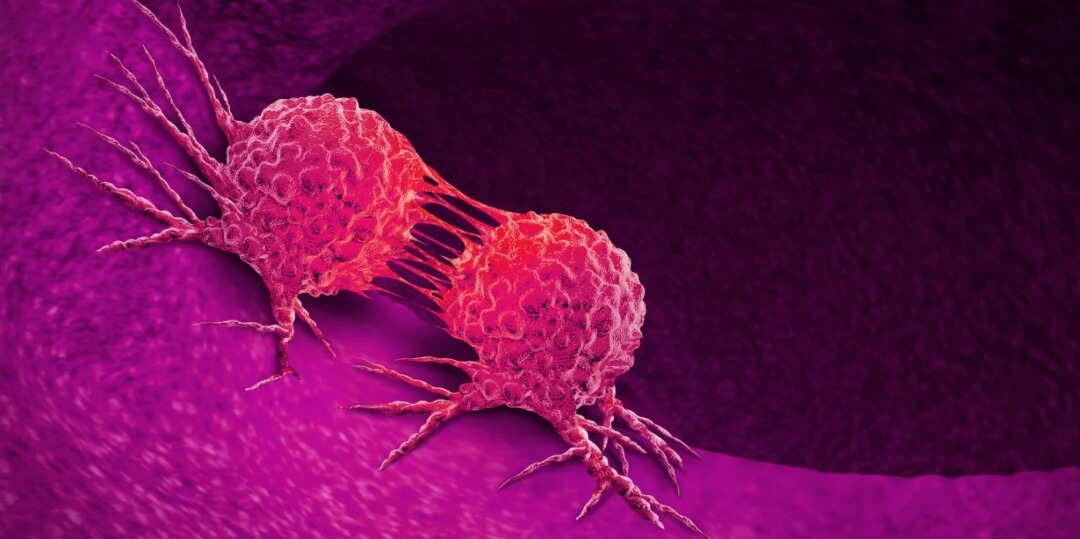
Smart carbon nanotubes for drug delivery system
Smart carbon nanotubes (CNTs) are cylindrical molecules that consist of rolled-up sheets of single-layer carbon atoms (graphene). They can be single-walled (SWCNT) with a diameter of less than 1 nanometer (nm) or multi-walled (MWCNT), consisting of several concentrically interlinked nanotubes, with diameters reaching more than 100 nm. Their length can reach several micrometers or even millimeters.
The main applications of CNTs in pharmacy and medicine include drug, biomolecule, gene delivery to cells or organs, tissue regeneration and biosensor diagnostics and analysis.
How are carbon nanotubes made?
How do carbon nanotubes deliver drugs?
Smart carbon nanotubes can be functionalized so that certain molecules are attached to their surfaces via covalent or noncovalent bonding. The needle-like shape of the CNTs enables them to perforate cellular membranes and transport the carried therapeutic molecules to the cellular components.
CNTs can be used as drug carriers to treat tumors. The efficacy of anticancer drugs used alone is restrained not only by their systemic toxicity and narrow therapeutic window but also by drug resistance and limited cellular penetration Carbon nanotubes (CNTs) possess many distinct properties including good electronic properties, remarkably penetrating capability on the cell membrane, high drug-loading and pH-dependent therapeutic unloading capacities, thermal properties, large surface area and easy modification with molecules, which render them as a suitable candidate to deliver drugs to cancer and brain. CNTs as a drug delivery could achieve a high efficacy, enhance specificity and diminish side effects
Despite of the advantages of CNTs in targeting various types of cancer cells, various constraints have been made on the biological and biomedical applications of CNTs due to their lack of solubility in aqueous medium as well as their toxicity caused by the hydrophobic surface. These limitations of CNTs can be overcome by a process called Functionalization


















